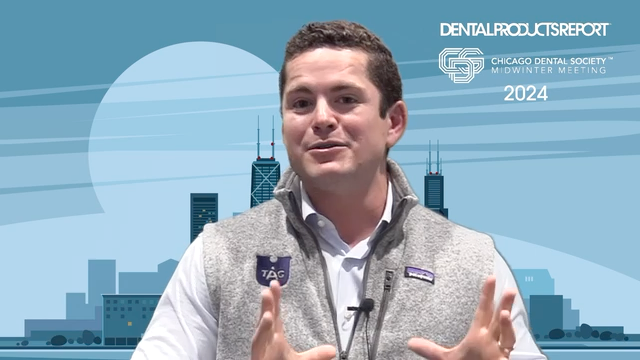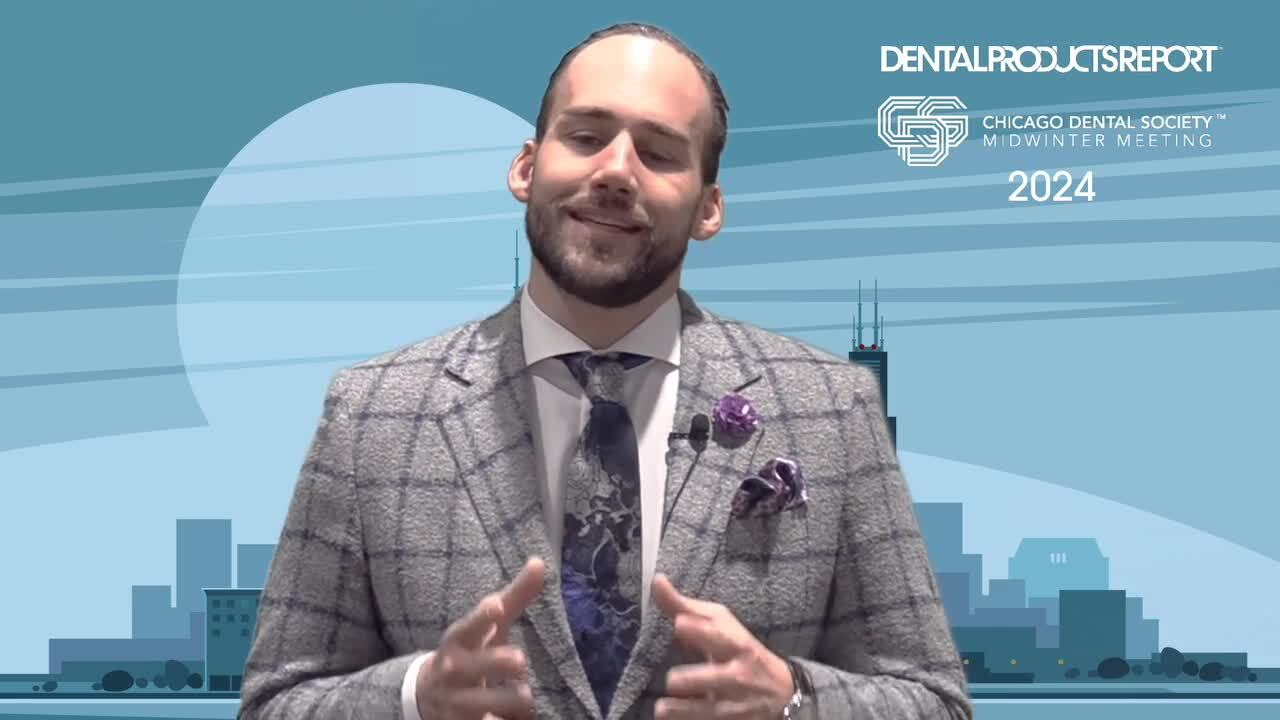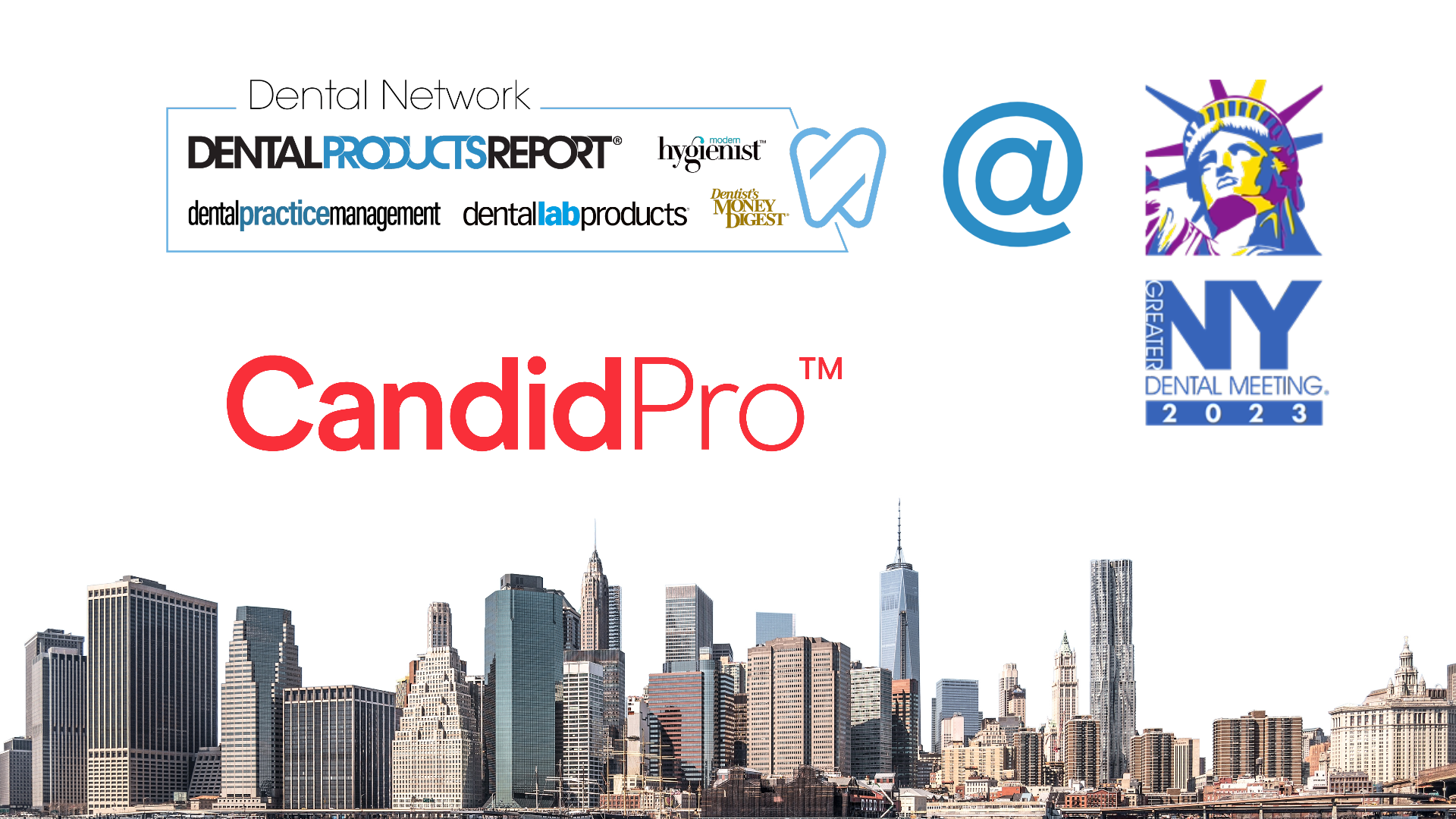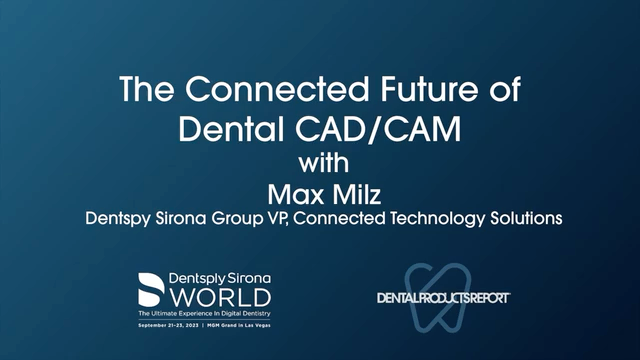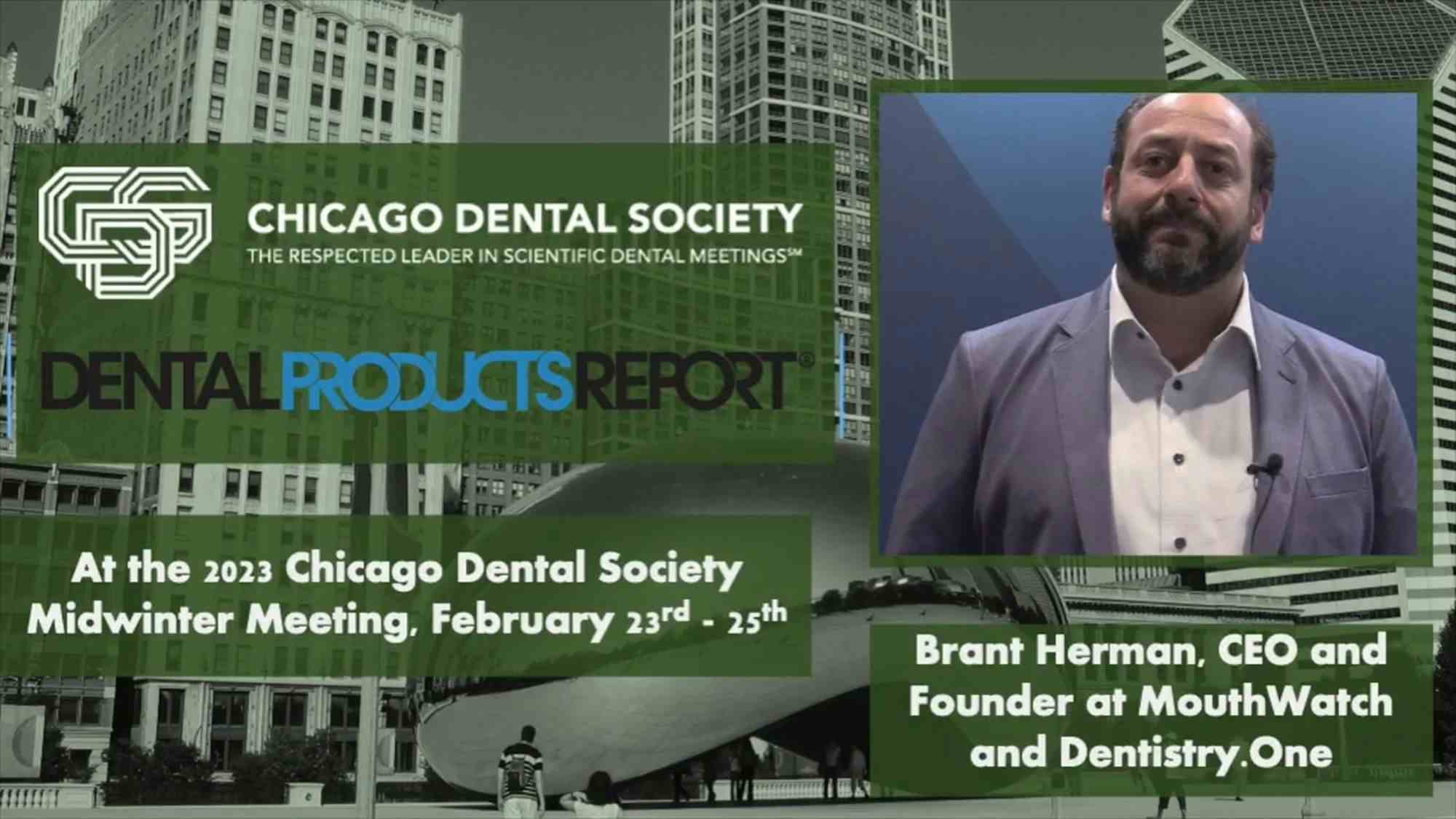New white paper provides step-by-step tips to determine dental scrap value [VIDEO]
Atlantic Precious Metal Refining released a white paper that seeks to remove the mystery about determining the value of dental scrap and provides a step-by-step process of how dental and laboratory professionals can receive maximum returns from their unwanted precious metal scrap.
Atlantic Precious Metal Refining released a white paper that seeks to remove the mystery about determining the value of dental scrap and provides a step-by-step process of how dental and laboratory professionals can receive maximum returns from their unwanted precious metal scrap.
“Many dental professionals are simply not taking advantage of highly valuable metals left over from dental restorations,” says Tom Mappin, VP of Operations at Atlantic Precious Metal Refining. “Even those that do oftentimes miss out on the full value of their scrap lots by dealing with individuals who offer ‘cash on the spot’ with seemingly attractive offers or companies claiming they have the highest payouts yet do not employ any type of scientific testing or analysis. Moreover, I’m always amazed at the number of dentists and lab technicians that I speak with that do not collect valuable precious metals and basically relinquish additional profit altogether.”
The digestion of precious metals at Atlantic:
The white paper, entitled “Recycling Dental Office Precious Scrap Metal: Best practices from experience,” reportedly details efficient and effective collecting methods that dental professionals can easily employ in their own practices that are inexpensive to implement. In addition, the white paper provides a number of important criteria for dental professionals to consider when they are choosing a reputable refiner, the impact of geography on the value of scrap metal, and more importantly, understanding the science behind the process of refining.
“One of the main reasons why we felt it was so important to share the science of refining is that customers need to understand that they should be paid for all gold, silver, platinum and palladium present in their scrap,” Mappin notes. “Most alloys used in dental restorations contain at least three or four precious metals in varying amounts. If the refinery does not have a refining system in place that establishes scientific control, standardized testing methods, and a concrete analysis of the results that can be provided in a customer-friendly report, then it is time for the customer to re-evaluate who they are trusting with their money.”
This white paper is Atlantic’s latest step in its continuing effort to help educate dental and laboratory professionals about how to receive fair and accurate returns for their precious metals. To download a free copy of the white paper, “Recycling Dental Office Precious Scrap Metal,” please visit www.apmr.com.
Oral Health Pavilion at HLTH 2024 Highlighted Links Between Dental and General Health
November 4th 2024At HLTH 2024, CareQuest, Colgate-Palmolive, Henry Schein, and PDS Health launched an Oral Health Pavilion to showcase how integrating oral and general health can improve patient outcomes and reduce costs.
Episode 31: Dentsply Sirona Implant Announcements
September 30th 2021DPR’s Editorial Director Noah Levine sat down with Gene Dorff, Dentsply Sirona’s group vice president of implants and Dr. Dan Butterman to review several big announcements the company made in the arena of implants during Dentsply Sirona World 2021 in Las Vegas.




